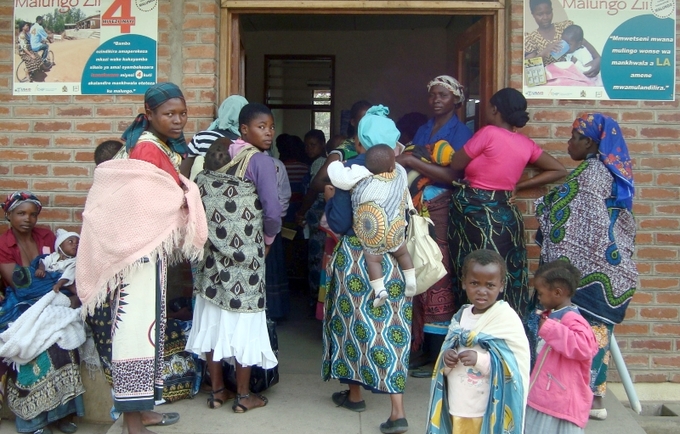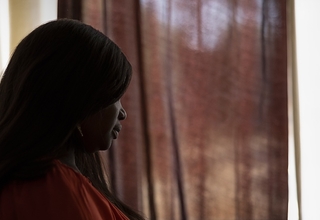The integration of HIV services with sexual and reproductive health (SRH) services is an important part of the global response to HIV and SRH. An integrated approach to the management of HIV and SRH makes good ‘people’ sense as it benefits clients and service providers alike, and is likely to improve efficiency in service provision. The Sexual and Reproductive Health and Rights (SRHR) and HIV Linkages in East and Southern Africa project seeks to make a difference in health service delivery by linking SRHR and HIV at the policy and system levels. It supports the institutionalization of integrated SRH and HIV service delivery strategies and models in 10 countries in East and Southern Africa.
Phase I of the project was carried out in seven countries – Botswana, Lesotho, Malawi, Namibia, Swaziland, Zambia and Zimbabwe. This phase was supported by the European Union (EU) and the Governments of Sweden and Norway with a total of $15 million for the period 2011-2015.
It aimed to promote efficient and effective linkages between HIV and SRHR policies and services as part of strengthening health systems and to increase access to and use of quality services. It also contributed to the goals of universal access to reproductive health (MDGs 3, 4 and 5) and HIV prevention, treatment, care and support (MDG 6).
Phase II of the project, running from 2016-2019, builds on the results of and lessons learned from phase I. Phase II extends to three further countries – Kenya, South Africa and Uganda, taking the number to ten.
Results from phase I have shown that the integrated services model promoted in the project leads to improvements in service uptake. Examples of this are an increase in the number of people accessing family planning (FP), HIV and other SRHR services; increased uptake of HIV testing and counselling (HTC) and anti-retroviral treatment (ART) when needed; increased coverage of prevention of mother-to-child transmission (PMTCT), in particular the number of newborns screened for HIV; and, increased number of women and girls screened for cervical cancer.
The purpose of phase II of the project is to institutionalize the provision of a minimum package of integrated, non-discriminatory SRH and HIV services in 10 ESA countries by 2019. In at least 3 countries, this will include GBV services as part of the minimum package.
How are we planning to achieve this?
For more detailed information, click here.



